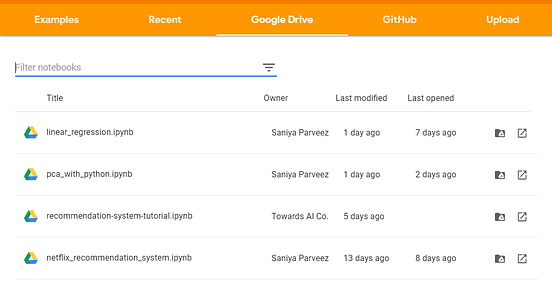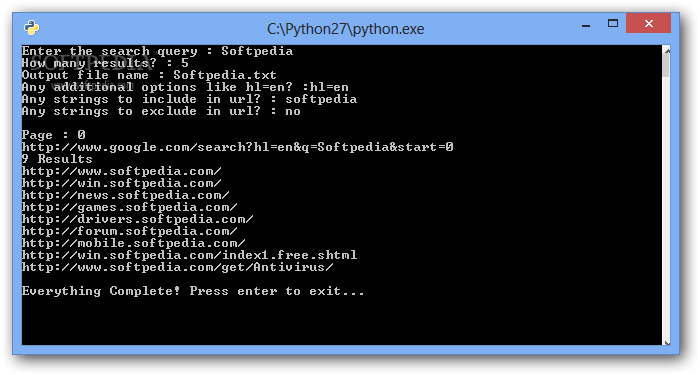
We can also share these notebooks so other people can easily run our code, all with a standard environment since it’s not dependent on our own local machines. They are really convenient because Google Colab hosts them, so we don’t use any of our own computer resources to run the notebook. We can use Google Colabs like Jupyter notebooks.

You can easily share your Colab notebooks with co-workers or friends, allowing them to comment on your notebooks or even edit them. When you create your own Colab notebooks, they are stored in your Google Drive account.

Example: Saving model progress on Google DriveĬolab notebooks allow you to combine executable code and rich text in a single document, along with images, HTML, LaTeX and more.This tutorial is divided into five parts they are: Photo by NASA and processing by Thomas Thomopoulos. Google Colab for Machine Learning Projects Kick-start your project with my new book Python for Machine Learning, including step-by-step tutorials and the Python source code files for all examples.Let’s get started! Save your model’s progress when training with Google Colab.Using Google Colab’s extensions to save to Google Drive, present interactive display for pandas DataFrame, etc.Speed up training using Google Colab’s free tier with GPU.

Let’s dive right in!Īfter completing the tutorial, you will learn how to: But, there are a lot of nifty things that Colab can do as well, which we’re going to explore in this article. If you’re familiar with Jupyter notebooks, learning Colab will be a piece of cake, and we can even import Jupyter notebooks to be run on Google Colab. It is a convenient and easy-to-use way to run Jupyter notebooks on the cloud, and their free version comes with some limited access to GPUs as well.

Have you ever wanted an easy-to-configure interactive environment to run your machine learning code that came with access to GPUs for free? Google Colab is the answer you’ve been looking for.


 0 kommentar(er)
0 kommentar(er)
